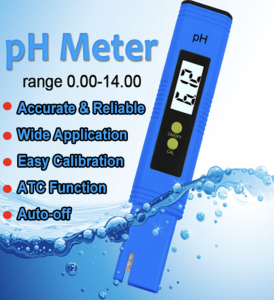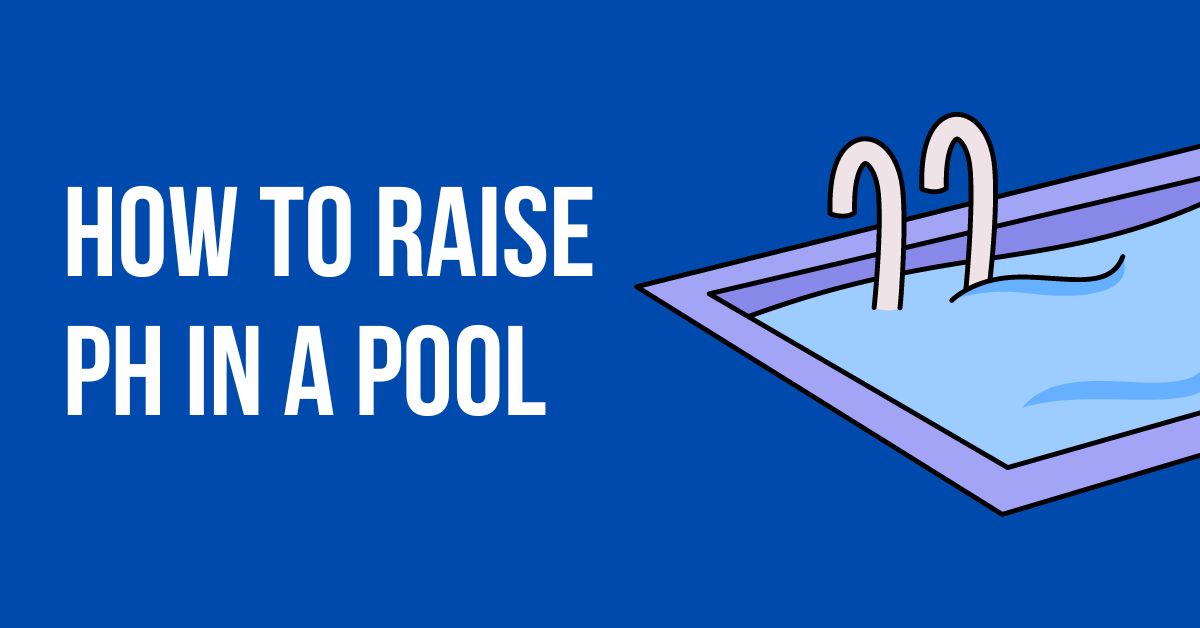Introduction
Maintaining the right pH level in your pool is crucial for water quality and swimmer comfort. Sometimes, however, you might find that your pool’s pH is lower than desired. In this guide, we’ll walk you through the steps to effectively raise the pH in your pool, ensuring a safe and enjoyable swimming experience for all.
Understanding pH Levels
The Significance of pH in Pools
pH is a measurement of acidity or alkalinity, and it plays a pivotal role in your pool’s overall water chemistry. It affects the efficiency of chlorine and other sanitizing agents, as well as the comfort of swimmers.
The Ideal pH Range for Pools
The optimal pH range for pool water is between 7.4 and 7.6. If your pH falls below this range, it’s considered too acidic, and corrective measures are necessary.
Signs of Low pH
Recognizing Low pH Levels
Low pH levels (below 7.4) can lead to problems like corroded pool equipment, skin and eye irritation, and reduced chlorine effectiveness. If you notice these issues, it’s time to test and adjust your pool’s pH.
The Impact on Swimmers
Swimming in water with a low pH can cause discomfort, such as skin itching and red eyes. To ensure an enjoyable swimming experience, maintaining the right pH is essential.
Raising pH Levels
Testing the pH
Before taking any action, use a reliable testing kit to determine your pool’s current pH level. This will provide a baseline for your adjustments.

Using Baking Soda
Baking soda (sodium bicarbonate) is a common household item that can help raise pH levels. Follow the guidelines on the package to add the appropriate amount to your pool.
Gradual Adjustment
It’s important to raise the pH gradually to avoid overshooting the target range. Add baking soda in small increments, allowing time for the water to circulate and the pH to stabilize.
Retesting and Monitoring
After adding baking soda, wait for a few hours and then retest the pH. If needed, repeat the process until you achieve the desired pH level.
Safety Precautions
Handling Baking Soda Safely
While baking soda is generally safe, avoid direct skin contact and inhalation of dust. Wear gloves and work in a well-ventilated area.
Balanced pH and Water Chemistry
Maintaining balanced water chemistry, including alkalinity and calcium hardness, can help stabilize the pH level and prevent frequent fluctuations.
Maintenance and Prevention
Regular pH Checks
To prevent pH imbalances, regularly test your pool’s pH, ideally once a week. This proactive approach can help you catch and address any issues early on.
Avoiding Drastic Changes
Make gradual adjustments to pH levels to avoid sudden and extreme changes that could disrupt the pool’s chemistry.
Conclusion
Achieving and maintaining the right pH level in your pool is essential for the well-being of both swimmers and the pool itself. By understanding the significance of pH, recognizing the signs of low pH, and employing safe and effective methods to raise it, you can ensure a pleasant and inviting swimming environment for everyone to enjoy.
FAQs
1. Can I use household ammonia to raise pH in my pool?
Household ammonia can be used to raise pH, but it’s important to use ammonia without additives or scents.
2. How quickly will I see results after adding baking soda?
You should see gradual changes within a few hours, but it’s best to retest the pH after some time to ensure it’s within the desired range.
3. Can high pH levels be harmful?
Yes, high pH levels can lead to problems like cloudy water and reduced chlorine effectiveness. It’s important to maintain pH within the recommended range.
4. Is it safe to swim if I’ve just raised the pH?
Yes, it’s generally safe to swim once the pH is within the desired range. However, it’s best to wait for the water to circulate after making adjustments.
5. How can I prevent pH fluctuations in the future?
Regular testing, maintaining balanced water chemistry, and avoiding drastic changes in chemicals can help prevent pH fluctuations in your pool.




